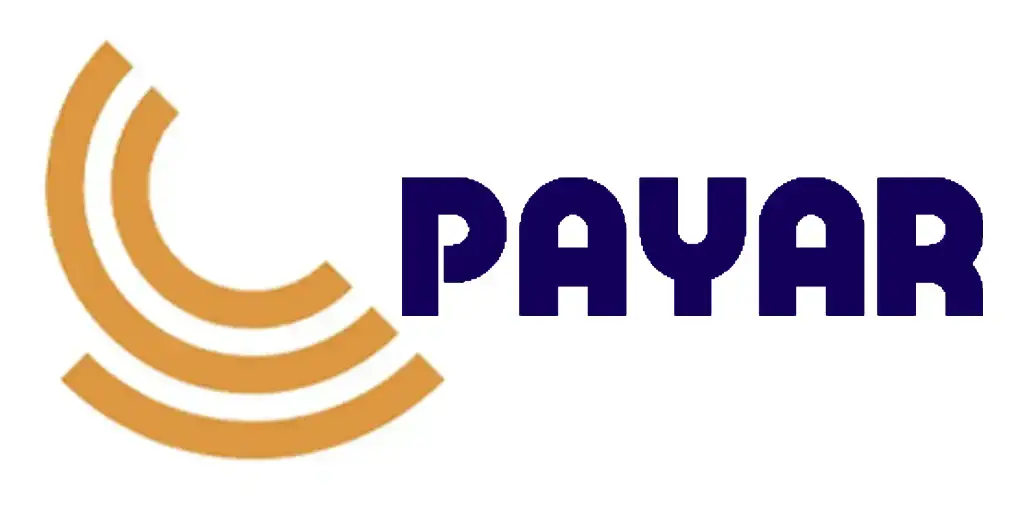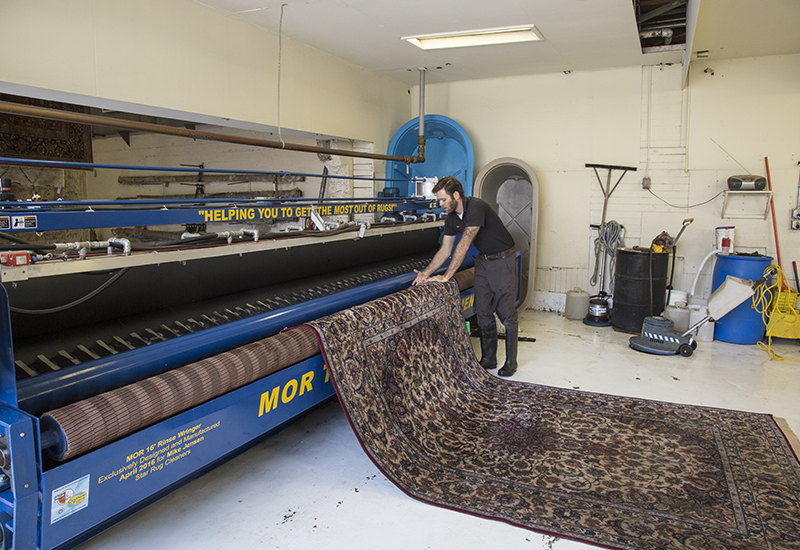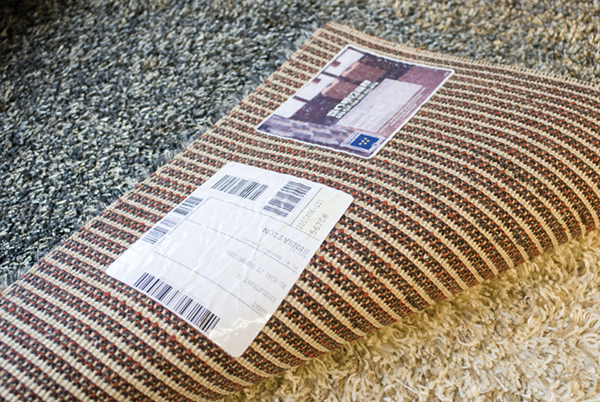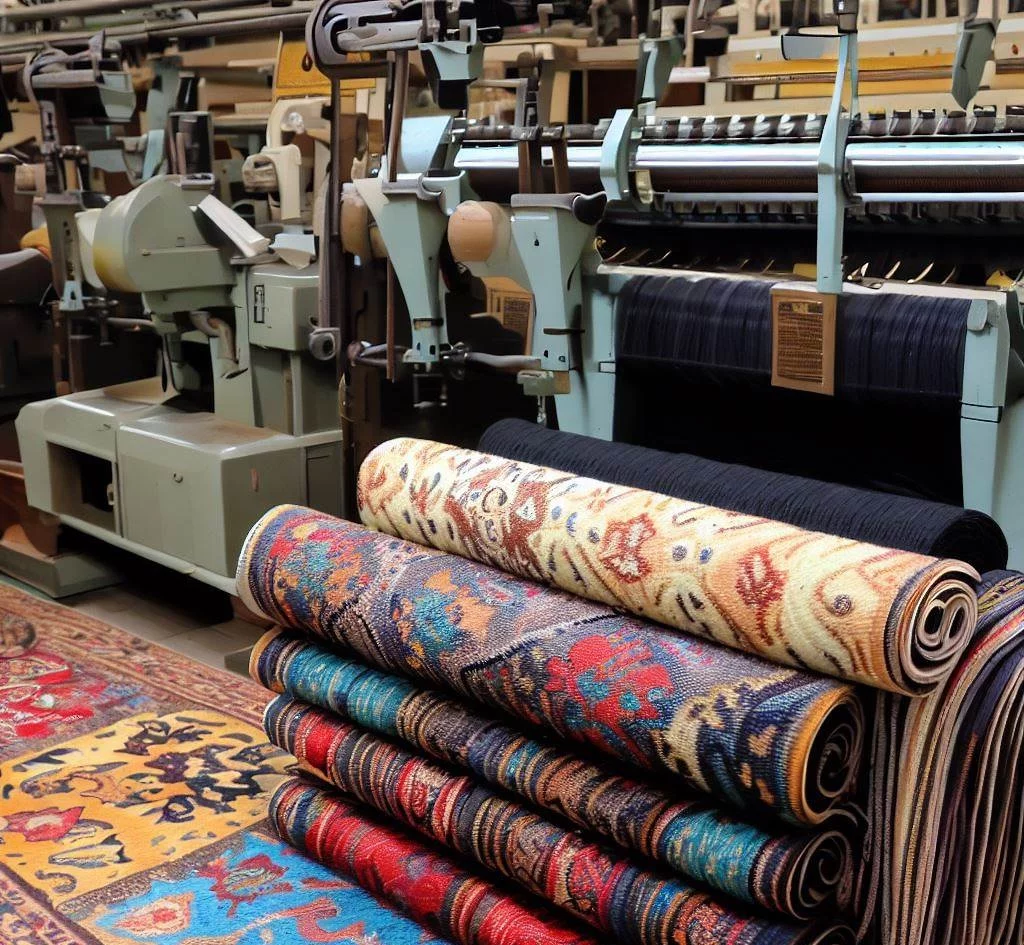Importing a persian carpet from Iran involves several steps,
but here’s a simplified guide to make the process easier:
Research and Select a Supplier:
Find Reputable Suppliers: Research and identify reputable carpet dealers in Iran. You can find them through online marketplaces, trade fairs, or recommendations.
Check Legitimacy: Verify the legitimacy and credibility of the supplier. Look for reviews, ask for references, and check if they are registered with relevant trade organizations.
Understand Regulations:
Understanding and complying with import regulations is crucial when importing Persian carpets from Iran. Here’s a comprehensive guide to help you navigate the regulatory landscape:
Understand Your Country’s Import Regulations:
Customs Authority: Check your country’s customs authority website for specific regulations regarding the import of carpets from Iran.
Import Restrictions: Be aware of any import restrictions or bans on goods from Iran. Some countries may have sanctions that affect the import of certain products.
Trade Sanctions and Embargoes:
US Sanctions: The United States has had various sanctions on Iran, which can affect the import of Persian carpets. Check the Office of Foreign Assets Control (OFAC) for the latest regulations.
EU Regulations: The European Union also has specific regulations regarding trade with Iran. Check the European Commission’s Trade website for details.
Other Countries: Each country may have different rules, so checking local regulations is essentialits.
Required Documentation:
Commercial Invoice: This document should detail the carpet’s value, origin, and description.
Certificate of Origin: This certifies that the carpet is made in Iran and is often required by customs.
Bill of Lading or Air Waybill: A document issued by the carrier providing details about the shipment.
Packing List: A detailed list of the items being shipped, including dimensions and weight.
Customs Duties and Taxes:
Import Duties: Check the tariff rates for carpets under your country’s Harmonized System (HS) code for textiles and floor coverings.
Value-Added Tax (VAT) or Goods and Services Tax (GST): Be prepared to pay any applicable taxes on the imported goods.
Import Licenses and Permits:
General Import License: Some countries require a general import license for importing goods.
Specific Licenses: Depending on your country, you may need a license to import textiles or goods from Iran.
Compliance with Quality and Safety Standards:
Textile Regulations: Ensure the carpets comply with textile regulations, such as labeling requirements, safety standards, and environmental regulations.
Consumer Protection: Some countries have specific consumer protection laws to which imported goods must adhere.
Shipping and Logistics:
Freight Forwarder: Consider hiring a freight forwarder to handle logistics, documentation, and customs clearance.
Insurance:
Ensure your shipment is insured to cover any potential damage or loss during transit.
Engage a Customs Broker:
Customs Broker: Hiring a customs broker can simplify the process, as they are familiar with the import regulations and can handle the paperwork on your behalf.
Stay Updated:
Regulatory Changes: Trade regulations can change frequently, so it’s essential to stay updated on any new rules or changes in existing ones.
Documentation and Permits:
Commercial Invoice: Ensure the supplier provides a commercial invoice detailing the carpet’s value, origin, and description.
Certificate of Origin: Obtain a certificate of origin to prove that the carpet is made in Iran.
Import License: You might need an import license or permit, depending on your country.
Shipping Arrangements:
Making adequate shipping arrangements is crucial to ensure your Persian carpet arrives safely and in good condition. Here’s a detailed guide on how to arrange shipping for importing a Persian rug from Iran:
- Choose the Right Shipping Method:
Air Freight:
Pros: Faster delivery, ideal for high-value items.
Cons: More expensive than sea freight.
Sea Freight:
Pros: More cost-effective for large shipments.
Cons: Longer transit times.
Courier Services:
Pros: Convenient for more minor, high-value shipments.
Cons: It can be costly for more oversized items.
- Select a Reputable Freight Forwarder:
Research and Compare: Look for freight forwarders with experience handling shipments from Iran.
Services Offered: Ensure they provide comprehensive services, including customs clearance and insurance.
- Packaging and Handling:
Proper Packaging: To prevent damage, Persian carpets should be carefully rolled and wrapped in protective materials.
Labeling: Label the package with the necessary shipping details and handling instructions.
Insurance: Insure the shipment to cover potential damage or loss during transit.
- Documentation Preparation:
Commercial Invoice: Detailed carpet description, including value, origin, and specifications.
Packing List: An itemized list of contents, including dimensions and weight.
Bill of Lading or Air Waybill: Issued by the carrier detailing the shipment.
Certificate of Origin: Proof that the carpet is made in Iran.
- Customs Clearance:
Hire a Customs Broker: Consider hiring a customs broker to handle the customs clearance process.
Prepare Necessary Documents: Ensure all required documents are complete and accurate.
Pay Duties and Taxes: Be prepared to pay any applicable import duties, taxes, and fees.
- Track Your Shipment:
Tracking Information: Obtain tracking information from your freight forwarder or carrier.
Regular Updates: Stay in contact with the freight forwarder for regular updates on the shipment status.
- Delivery and Inspection:
Receiving the Shipment: Arrange for delivery to your specified address.
Inspect the Carpet: Check the carpet for any damage or discrepancies upon arrival.
Resolve Issues: If there are any issues, promptly contact the supplier or shipping company.
Example of a Step-by-Step Process:
Select Shipping Method: Choose air freight for speed or sea freight for cost savings.
Engage a Freight Forwarder: Contact a reputable freight forwarder experienced in handling shipments from Iran.
Prepare Packaging: Have the supplier properly roll and protect the carpet with suitable packaging materials.
Document Preparation: Ensure the supplier provides a commercial invoice, packing list, and certificate of origin.
Arrange Shipping: The freight forwarder will book the shipment with the carrier and prepare the lading or air waybill bill.
Customs Clearance: The freight forwarder or customs broker will manage the customs clearance process and ensure all duties and taxes are paid.
Track Shipment: Monitor the shipment’s progress through tracking updates the freight forwarder provides.
Receive and Inspect: Once the carpet arrives, inspect it thoroughly to confirm it matches the order and is undamaged.
Address Issues: If any issues arise, communicate with the supplier or freight forwarder to resolve them.
Freight Forwarder: Consider hiring a freight forwarder to handle logistics, documentation, and customs clearance.
Insurance: Insure the shipment to cover potential damage or loss during transit.
Customs Clearance:
Prepare for Customs: Ensure all documents are for customs clearance. This includes the commercial invoice, certificate of origin, import license, and other required paperwork.
Pay Duties and Taxes: Be prepared to pay any import duties, taxes, and fees as required by your country’s customs regulations.
Delivery and Inspection:
Inspect the Carpet: Upon arrival, inspect the carpet for any damage or discrepancies.
Resolve Issues: Address any issues with the supplier or shipping company promptly.
Additional Tips:
Cultural Sensitivity: Be aware of cultural differences and respect Iranian customs and business practices.
Legal Advice: If you need more clarification on any step, consult a legal expert specializing in international trade.
Communication:
Maintain clear and regular communication with the supplier and shipping agents throughout the process.
By following these steps, you can streamline the process of importing a Persian carpet from Iran.









